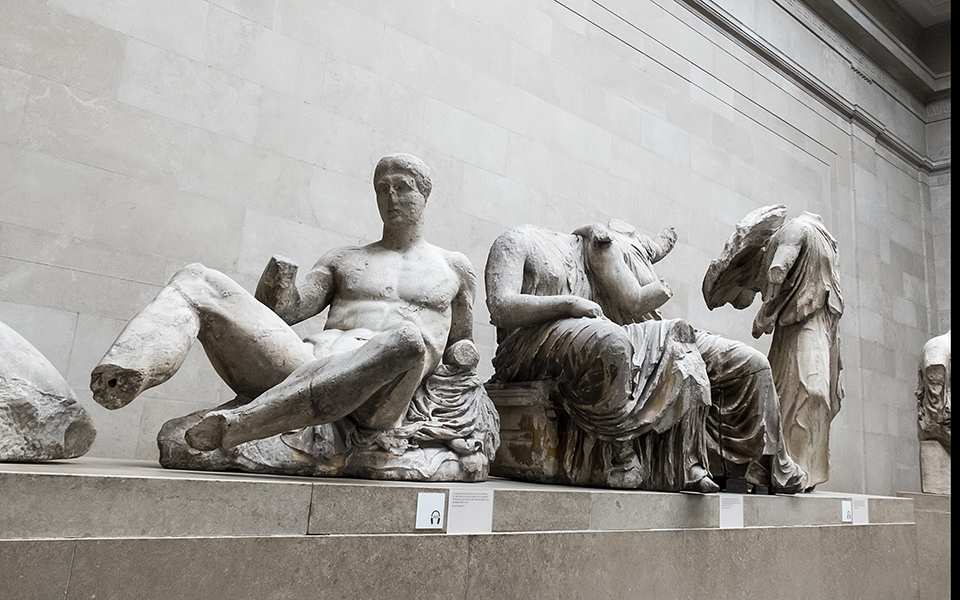When Amphipolis Was in Color
Reconstructing the lost polychromy and meaning…

A part of Parthenon Marbles, now housed in British Museum.
© Shutterstock
Drawing on data gleaned from 19th century Ottoman archives, Acropolis Museum Director Dimitrios Pandermalis has challenged claims by the British Museum that Lord Elgin had obtained permission from the sultan when Greece was under Turkish rule to transfer the Parthenon Marbles from Athens to London.
“There was no firman – meaning a sultan’s decree – for the removal and transfer of the sculptures by Lord Elgin,” Pandermalis said in an address Monday to an international workshop titled “Reunification of the Parthenon Sculptures” – co-organized by the Greek Presidency, the Culture Ministry, the International Association for the Reunification of the Parthenon Sculptures and the Acropolis Museum.
More specifically, he said that an examination of the Ottoman archives between 1800 and 1830 by two Turkish experts revealed that Elgin was only granted permission to dig around the Acropolis.
“The document that has been saved and called a firman, and which was cited by Lord Elgin, briefly an ambassador for his country to the High Porte, is, in reality, not an order by Sultan Selim III,” Pandermalis said. It was rather, he said, “an administrative letter” sent to Ottoman authorities in Athens which granted permission to dig into the earth mounds that were created around the Acropolis after it was bombed by cannon fire in 1687 by Venetian general Francesco Morosini.
“There was no permit for excavation or for a removal [of the Parthenon Marbles],” he said.
The British Museum has long claimed that it acquired the Parthenon Marbles legally and that Lord Elgin had received permission from the Ottoman authorities which ruled Greece at the time to take them to Britain.
Meanwhile, Greek President Prokopis Pavlopoulos, who also addressed the workshop in the auditorium of the Acropolis Museum, likened the British Museum to a “murky prison” that has detained the Parthenon Marbles “as spoils of the theft” orchestrated by Lord Elgin.
He said that since opening 10 years ago, the Acropolis Museum has undone the argument put forth by the British Museum that Greece did have not a proper place to display the marbles.
This article was originally published on ekathimerini.com
Reconstructing the lost polychromy and meaning…
A nationwide survey highlights improved services,…